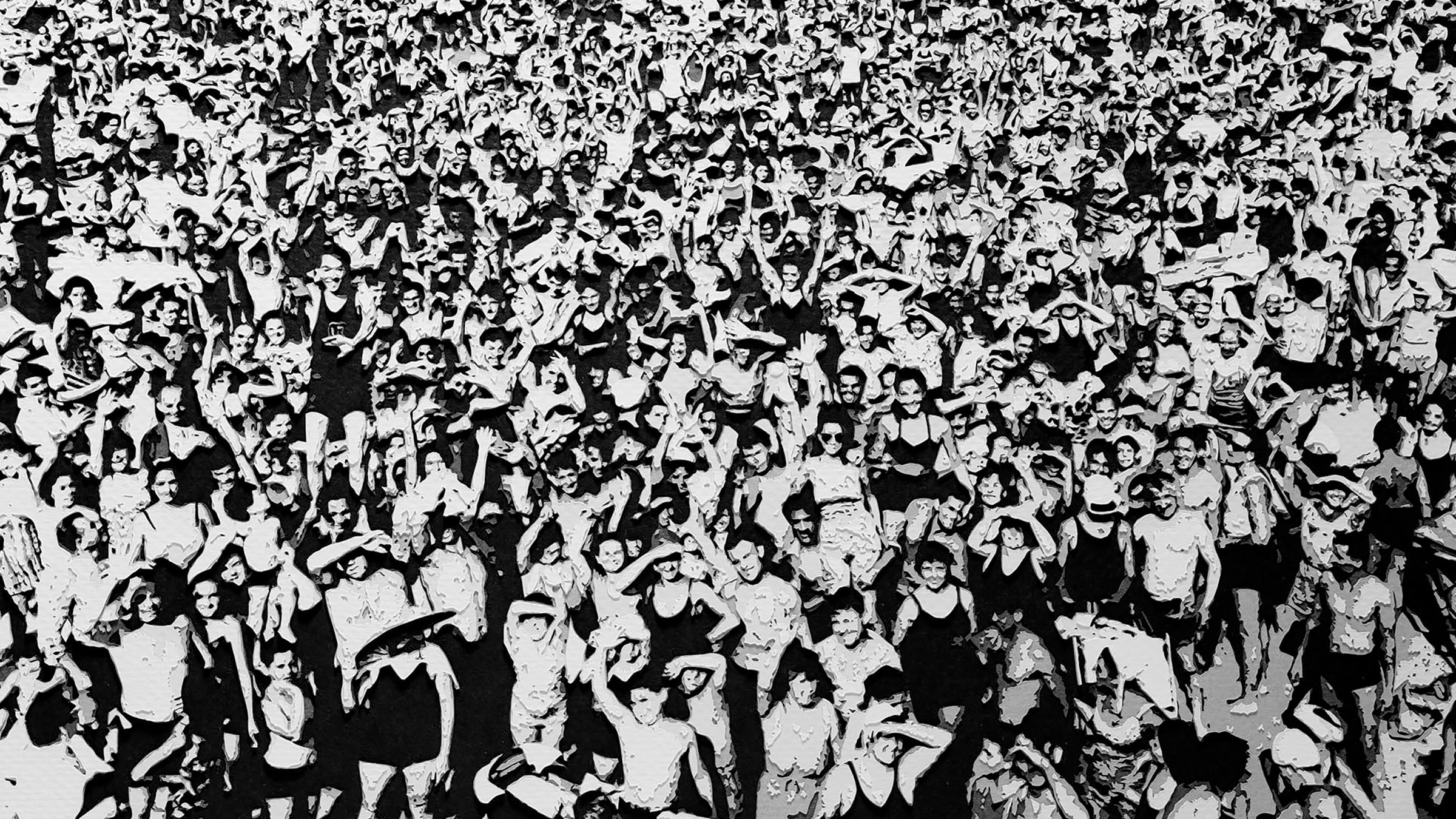Talk
February 15, 2018 / 18:30
Philosopher Ayşe Uslu opens a discussion on the portrait as a form of representation and its relationship with emotion and affect in art works as a part of the exhibition Look At Me! Portraits and Other Fictions from the “la Caixa” Contemporary Art.
“The face is read as a surface on which emotional signs are deciphered. This perspective makes it a field for representation that establishes a relationship between the subject and morality. Emotions are mental states, which are owned by a subject and named by the reflexive consciousness. However, the affective nature of the body cannot be reduced to merely a process, which involves owning of mental states by the reflexive consciousness. The affect corresponds to the un-representable affective processes and transition fields of the body. Proceeding representative emotions both in chronology and causality, this is defined as the more layered “in-between” states. In this context, each time art tries to capture affect through facial representations, what it does in fact, is no more than an attempt to understand a certain formation by immobilizing it. ”
Born in Germany in 1984 Ayşe Uslu lives and works in Istanbul. After obtaining her bachelor’s degree from METU Department of Philosophy, she completed her master’s degree in Bilkent University Department of Media and Visual Studies with a thesis, which studies the relationship between perception phenomenology and visual anthropology. Meanwhile, she attended training programs on visual ethnography methods in Holland and France, and produced films in this field. She completed her PhD in both METU and Tilbug University with her dissertation on a study of the relationship between affect and embodied cognition. She is currently producing videos and films in addition to her research and publications on the philosophy of film and video; philosophy of affect in relation to the bodily sources of thought; relationship between memory and perception; and the philosophy of mind and time. She teaches courses in philosophy, aesthetics, design philosophy, philosophy of time and sociology of emotions.
The talk will take place in the exhibition floor. Free of admissions, drop in. The talk will be in Turkish.
Temporary Exhibition
The exhibition Look At Me! Portraits and Other Fictions from the ”la Caixa” Contemporary Art Collection examined portraiture, one of the oldest artistic genres, through a significant number of works of our times. Paintings, photographs, sculptures and videos shaped a labyrinth of gazes that invite spectators to reflect themselves in the social mirror of portraits.
Click for more information about the exhibition.


Ali Sami is born in Rusçuk in 1866, and moves to İstanbul. Because his family is registered in the Beylerbeyi quarter of Üsküdar, Ali Sami is also called Üsküdarlı Ali Sami. He graduates from the Mühendishane-i Berri-i Hümayun in 1866 and becomes a teacher of painting and photography at the school.
Tuesday - Saturday 10:00 - 19:00
Friday 10:00 - 22:00
Sunday 12:00 - 18:00
The museum is closed on Mondays.
On Wednesdays, the students can
visit the museum free of admission.
Full ticket: 300 TL
Discounted: 150 TL
Groups: 200 TL (minimum 10 people)